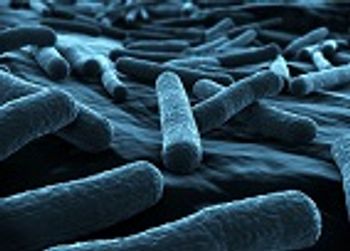
York’s Lassonde School’s Micro and Nano-scale Transport (MNT) Lab researchers have discovered “DipTreat,” a water treatment device capable of detecting and removing E. coli from drinking water.


How Do Multidrug-Resistant Bacteria Survive Antibiotics Without Resistance Genes?

Drug-resistant E. coli Found in Nearly Two-thirds of UK Chicken Samples

York’s Lassonde School’s Micro and Nano-scale Transport (MNT) Lab researchers have discovered “DipTreat,” a water treatment device capable of detecting and removing E. coli from drinking water.
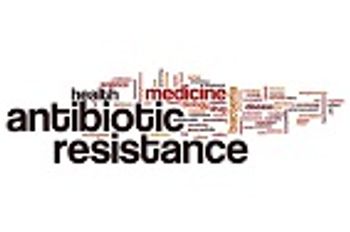
European researchers have found that bacterial DNA molecules called plasmids are driving the evolution of antibiotic resistance in ways previously unknown.
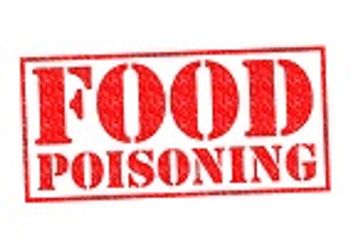
Experts in clinical diagnostics and tracking food-borne outbreaks discuss using culture-independent diagnostic tests (CIDTs) as well as how the use of CIDTs is currently working in Colorado.
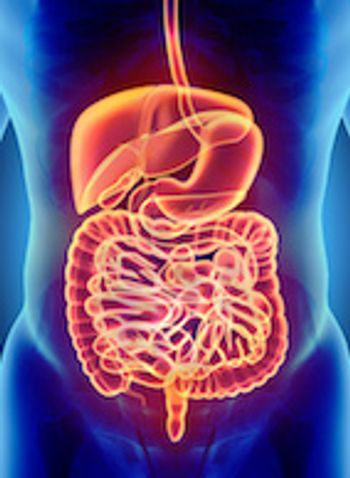
Recent studies have shown how a commensal intestinal bacterium produces an enzyme that can help protect against pathogenic bacteria.
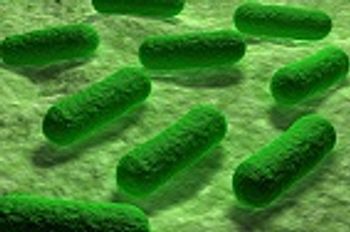
Researchers have predicted that less than 10% of Escherichia coli 0157:H7 strains are likely to have the potential to cause human disease.

The Centers for Disease Control and Prevention is investigating a multi-state outbreak of Shiga toxin-producing Escherichia coli O157:H7.
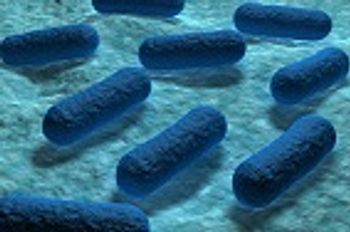
When researchers recently discovered a strain of Escherichia coli resistant to the final resort antibiotics colistin and carbapenem in the United States, it marked an increasing pattern of pan–drug-resistant bacteria appearing worldwide. A new report from France, though, may indicate that identifying and isolating these deadly superbug strains may help us control their spread.
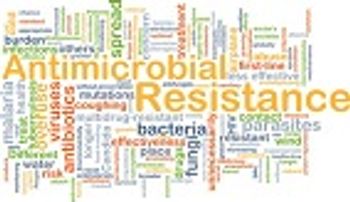
On September 21, 2016, delegates at the 71st meeting of the United Nations (UN) General Assembly gathered to discuss the shared danger of antimicrobial resistance, signaling the global scale of this urgent public health crisis while pledging to collectively tackle the problem of superbugs.
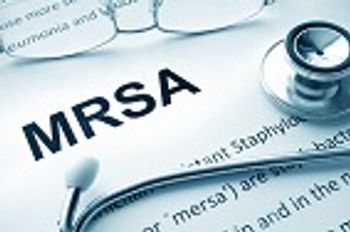
Health officials around the world agree that our one of the best steps to reducing the problem of antimicrobial resistance is scaling back on unnecessary overprescribing of these medications. As doctors in many countries work to implement these efforts, a new report out of the United Kingdom shows some progress in the fight against drug-resistant “superbugs,” along with plenty of work to still be done.

As health experts around the world take on the problem of antimicrobial resistance and overuse of antibiotics in humans as a prime cause, world leaders are reminding us of another contributor to this global health issue: our farming system.

A team of scientists from Rutgers University and Columbia University recently discovered a new strain of Escherichia coli (E. coli) believed to be the first in the United States with resistance to two kinds of antibiotics considered to be last resort weapons to prevent dangerous infections.

Barry Kreiswirth, PhD, founding director, Public Health Research Institute Tuberculosis Center, professor of medicine at Rutgers University, discusses the implications of the findings of his study.
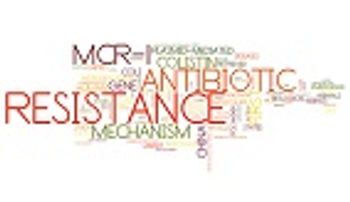
The CDC recently announced that their investigators have identified a strain of Escherichia coli with the colistin-resistance gene mcr-1 in a Connecticut child, in what is now the fourth patient in the United States to test positive for an isolate with mcr-1.
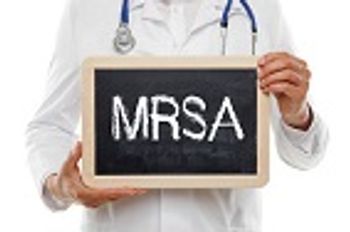
Nearly a decade ago, 130 Veterans Health Administration facilities around the country introduced their methicillin-resistant Staphylococcus aureus (MRSA) Preventive Initiative to reduce transmission of the “superbug” in their hospitals and health centers.

In a new ruling, the US Food and Drug Administration (FDA) has declared that companies selling over-the-counter antiseptic washes will no longer be allowed to market their products as such due to doubts over these products’ safety and effectiveness.

A collaborative study at Michigan State University could lead to Escherichia coli (E. coli) bacteria prevention practices in the cattle farming industry.

A group of German researchers recently published an investigative study on the source of drug-resistant pathogens in hospitals and treatment centers.
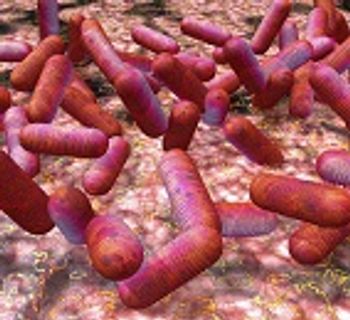
Studies demonstrate the effect of antibiotics on patients with hemolytic uremic syndrome and unique therapeutic challenges.

The city of Manchester, New Hampshire health department reopened its Crystal Lake public beach after previous analyses found elevated levels of E. coli.

The researchers analyzed stool samples from travelers, both before and after their trips, and found that the intestinal tracts of 76% were colonized with superbugs.

A recent study has described the use of next-generation sequencing to develop novel approaches that could serve as a public health tool to track pathogens such as Escherichia coli during disease outbreaks.

Prof. Andrea Endimiani, MD, PhD, from the Institute of Infectious Diseases at the University of Bern, Switzerland, discusses how practitioners should test for colistin-resistant pathogens.

Prof. Andrea Endimiani, MD, PhD, from the Institute of Infectious Diseases at the University of Bern, Switzerland, explains which pathogens are most affected by the colistin resistant mcr-1 gene.

Wet steam processing of fruits has the potential to significantly reduce the incidence of food-borne illness associated with contaminated fresh-cut fruits, a new study has suggested.
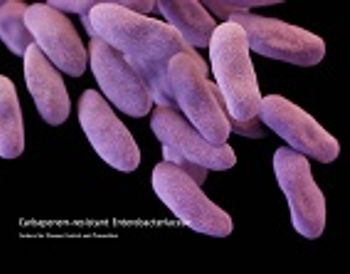
Researchers from the department of pathology at the Beth Israel Deaconess Medical Center in Boston developed and validated a high-throughput screen (HTS) that could detect antimicrobial agents with the ability to restore carbapenem susceptibility to resistant strains, as well as those that target CRE directly.